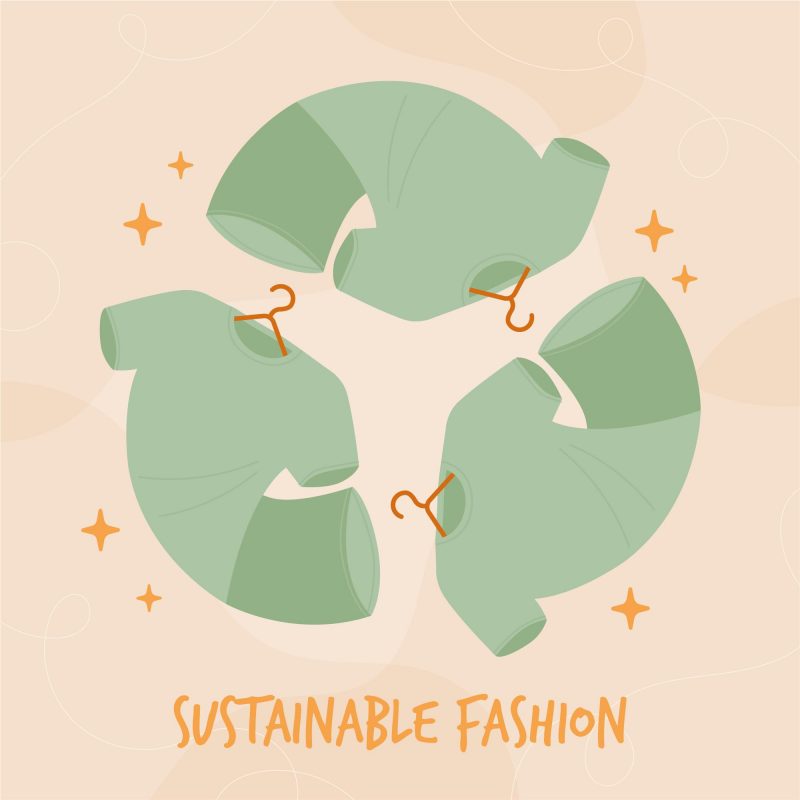In an time where natural concerns are at the bleeding edge of open talk, the design industry is experiencing a transformative move towards maintainability. Recognising the affect of their hones on the planet, a few spearheading brands are driving the charge by receiving eco-friendly strategies and materials. This web journal investigates these trailblazers in economical mould, highlighting their imaginative approaches and the positive impacts on our environment.
The Rise of Eco-Conscious Fashion
Sustainable mould isn’t fair a drift; it’s a need in the confront of worldwide natural challenges such as contamination, squander, and intemperate water utilise. The mould industry, generally known for its overwhelming natural impression, is seeing a worldview move as shoppers progressively request obligation and transparency.
Leading Maintainable Brands
Patagonia – Known for its commitment to natural issues, Patagonia employments reused materials and natural cotton in its clothing lines. The company’s commitment expands past materials, centring on reasonable labour hones and a vigorous reusing programme.
Stella McCartney – A pioneer in cruelty-free design, Stella McCartney’s brand employments no calfskin or hide in its plans. The brand is moreover investigating imaginative materials like reused polyester and natural cotton, emphasising both moral and natural perspectives of sustainability.
Reformation – This brand makes waves by creating in vogue articles of clothing from vintage and economical materials. Reconstruction straightforwardly offers the natural impression of each thing on their site, teaching shoppers on the affect of their purchases.
Innovative Materials and Methods
Sustainable mould brands are turning to a assortment of eco-friendly materials:
Organic Cotton: Developed without destructive chemicals, natural cotton speaks to a enormous diminishment in water utilise and pollution.
Recycled Textures: Numerous brands are presently reusing ancient materials and plastic bottles to make polyester or indeed unused textures, altogether decreasing squander and asset consumption.
Plant-Based Textures: Materials like Tencel, made from wood mash, offer a biodegradable arrangement that is both delicate to the touch and delicate on the environment.
Impact on the Environment
The selection of these materials and strategies by mould brands has significant natural benefits. By diminishing reliance on virgin assets, these companies are bringing down their water utilisation, minimising squander, and diminishing contamination. Furthermore, maintainable hones frequently go hand-in-hand with vitality preservation endeavours, like utilising renewable vitality sources in generation processes.
Consumer Influence
As mindfulness develops, customers play a vital part in driving the design industry toward supportability. By choosing brands that prioritise the environment, customers encourage more companies to consider the environmental impacts of their operations.
Conclusion
The development towards maintainable mould is picking up energy as more brands recognise the significance of their natural duties. These pioneers in eco-friendly design are not as it were making a explanation but are too clearing the way for a more maintainable industry. As this drift proceeds to advance, it guarantees to reshape the scene of design by implanting supportability into the centre of its practises.
For more data on economical mould and how you can make more ecologically neighbourly choices, proceed to take after our web journal. Investigate point by point profiles of these brands and learn how you can contribute to a more maintainable future with each purchase.


